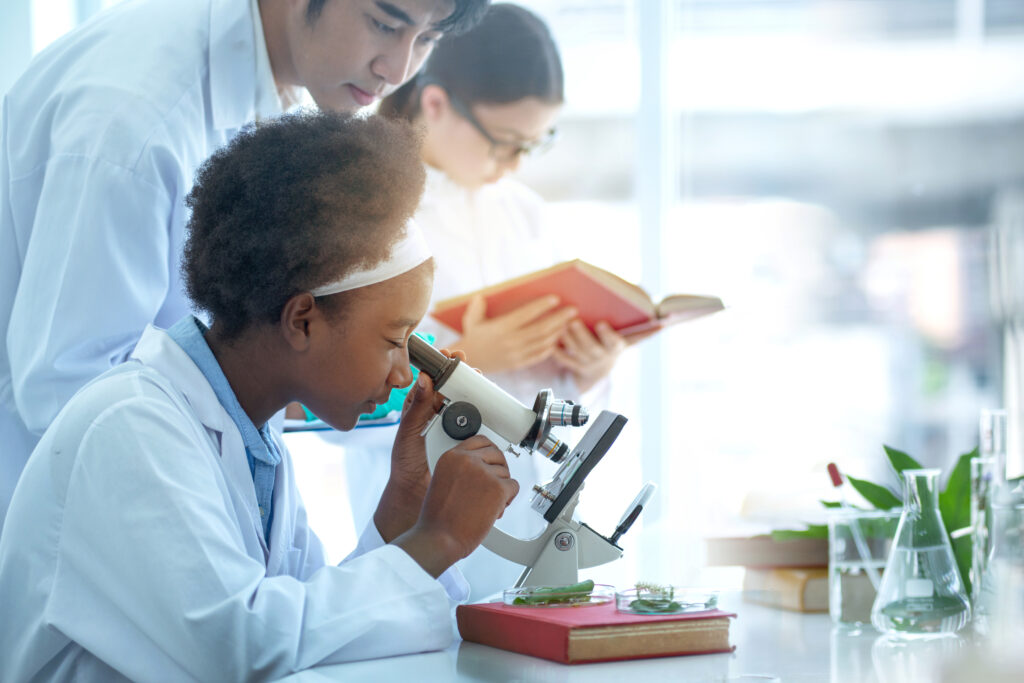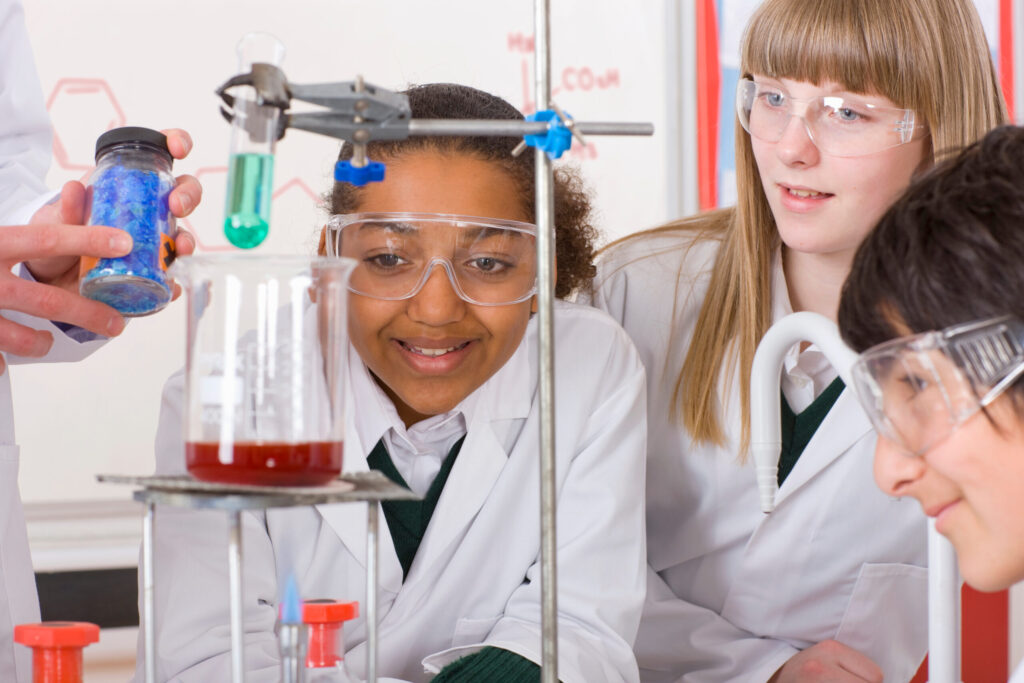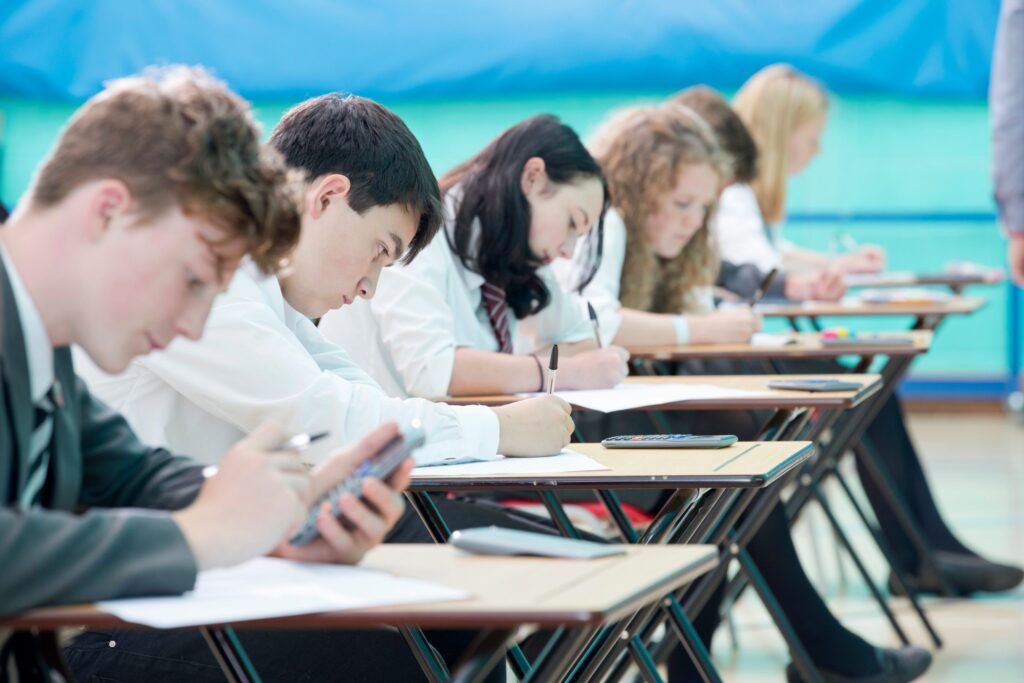Today we are never far from a computer whether it’s a smart phone, tablet or 
laptop and most of us would find it difficult to study or work without one. Forty years ago things were rather different. Computers were huge things that filled a room and were given instructions mainly by punching lots of holes in a huge number of cards. Compared to the simplest of today’s computers they were slow and had little memory. This didn’t stop this year’s winners of the Nobel Prize for Chemistry from using computers in their chemical work. (Photo:www.nobelprize.org)
In chemistry, one of the most important tasks is to learn what happens in chemical reactions and make predictions about the products and speed of reactions. Even for small molecules this is very difficult because the movement of electrons between reacting atoms is very fast. The task is even harder in biological reactions involving protein molecules that have thousands of atoms. In order to build a virtual model of a chemical reaction calculations have to be done using classical and quantum mechanics. Classical mechanics are based on Newton’s laws of motion while quantum mechanics explains the behaviour of subatomic particles like electrons using mathematics developed by Bohr, Schrodinger, Dirac, Feynmann and others. In the 1960s the task was impossible except for the simplest of atoms and molecules because of the huge number of calculations needed.
Martin Karplus, the oldest of the 2013 prize-winners was born in Vienna in 1930. His family emigrated to the USA. In the late 1960s he was working at Harvard University applying the laws of quantum physics to molecules. Meanwhile the youngest of the trio of Jewish scientists, Michael Levitt, was studying for a Ph.D at Cambridge University. He was born in South Africa in 1947. He was using the slow computers of the time to model the shapes of large molecules using classical laws of physics. He would spend a couple of hours each morning punching cards and then return home to think about the next day’s task at the same time as looking after his young child while his wife worked. Michael Levitt had previously worked with the third member of the team, Arieh Warshel, at the Weizmann Institute of Science in Israel. Warshel, was born in 1940 in Israel (or Palestine as it then was).
In 1970 Washel joined Karplus at Harvard where they put together the classical computer models with quantum mechanics to model reactions in small molecules. Two years later Washel returned to Israel where he was joined by Levitt. They now aimed to devise computer programs that could model reactions taking place at the active centres in enzymes. Both men moved to Cambridge to continue their work and in 1976 succeeded in publishing a computer program that could be used for enzymes of any size. They had been able to reduce the number of calculations needed so that the computers of the time could manage the workload.
Today it is possible to call up 3D models of protein molecules on screen, to rotate them and explore their active sites to see how reactions take place. The models can be used to make better enzymes, for example, to extract hydrogen from water by light in the same way that plants use photosynthesis to make glucose. These computer simulations are a result of the work started by Karplus, Levitt and and Washel. Levitt though is still not satisfied. He sees the day when it will be possible to model all the reactions that take place in a living cell simultaneously to simulate the life of a cell on screen.
Activities
- Find out more about the lives and work of Martin Karplus, Michael Levitt and Arieh Warshel.
- Why do you think computers are important in modern chemistry?
- Find out the ways that classical (Newtonian) mechanics and quantum mechanics differ?
- The three men who have won the 2013 prize studied in three different places but have various things in common. What are they?
Biography
- The 2013 Nobel Prize for Chemistry http://www.nobelprize.org/nobel_prizes/chemistry/laureates/2013/
Martin Karplus – Facts”. Nobelprize.org. Nobel Media AB 2013. Web. 10 Oct 2013. <http://www.nobelprize.org/nobel_prizes/chemistry/laureates/2013/karplus-facts.html - Michael Levitt – Facts”. Nobelprize.org. Nobel Media AB 2013. Web. 10 Oct 2013. <http://www.nobelprize.org/nobel_prizes/chemistry/laureates/2013/levitt-facts.html
- Arieh Warshel – Facts”. Nobelprize.org. Nobel Media AB 2013. Web. 10 Oct 2013. <http://www.nobelprize.org/nobel_prizes/chemistry/laureates/2013/warshel-facts.html
- Michael Levitt speech on Youtube http://www.youtube.com/watch?v=f8rR983ZIGw
Peter Ellis


